Product Description
Vibrant Window Clings for Any Promotion
- Static cling material for easy application and removal
- Repositionable, leaving no residue on windows
- Full-color printing for vibrant window displays
- Custom sizes and shapes available for a tailored fit
Window clings are perfect for when you need a temporary sign put up at your business location. These clings use static instead of adhesive to stick to surfaces and thus are an excellent option for promoting temporary offers and deals. They are waterproof and UV safe and can last for years. We print window clings with vibrant colors in high resolution and sizes up to 48″ tall and 159′ wide.
Using these in public? Download Legal & Compliance Regulations
FTC - Advertising and Marketing on the Internet: Rules of the Road U.S. Small Business Administration - Advertising BasicsFast Turnarounds
We’re the original same day large format printer. With 3 hour turnarounds on the widest range of products.
Fast Shipping
Get your order fast! We ship Nationwide with trusted UPS couriers.
Expert Support
With over 20 years experience in large format printing, our team can help tackle any job.
Local Printer
We’re your local NYC printing shop. Pickup directly from our store in Brooklyn, NYC.
Case Studies & Campaigns
Why should you print with Gorilla Printing? We’re the trusted printer of over 1500 companies & startups just like yours. With over 20 years experience in large format printing, OOH campaign printing and service, we’ve got the know-how & capabilities to deliver any sized print job.


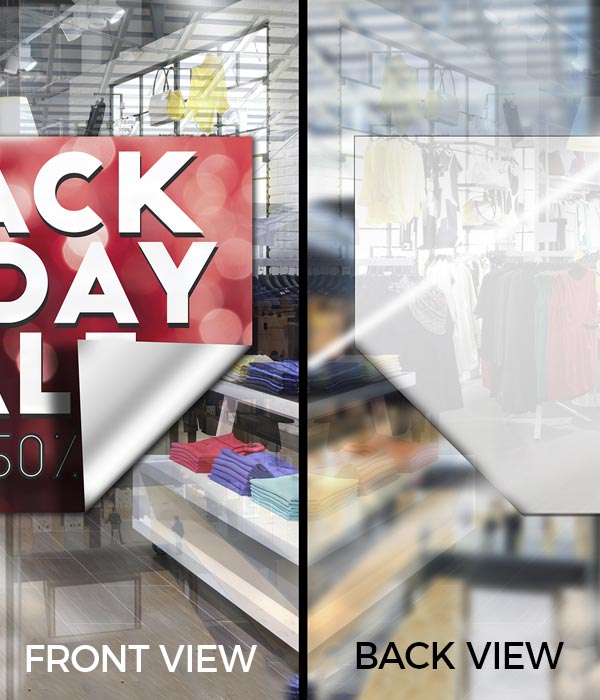


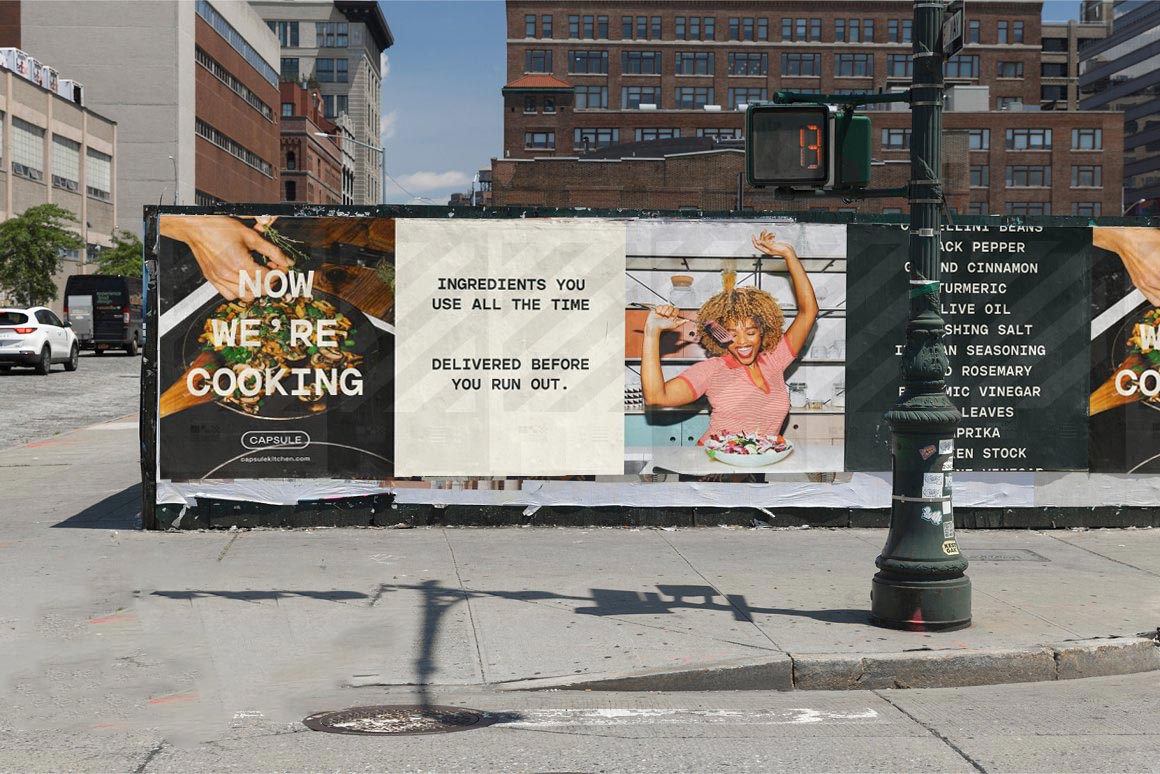




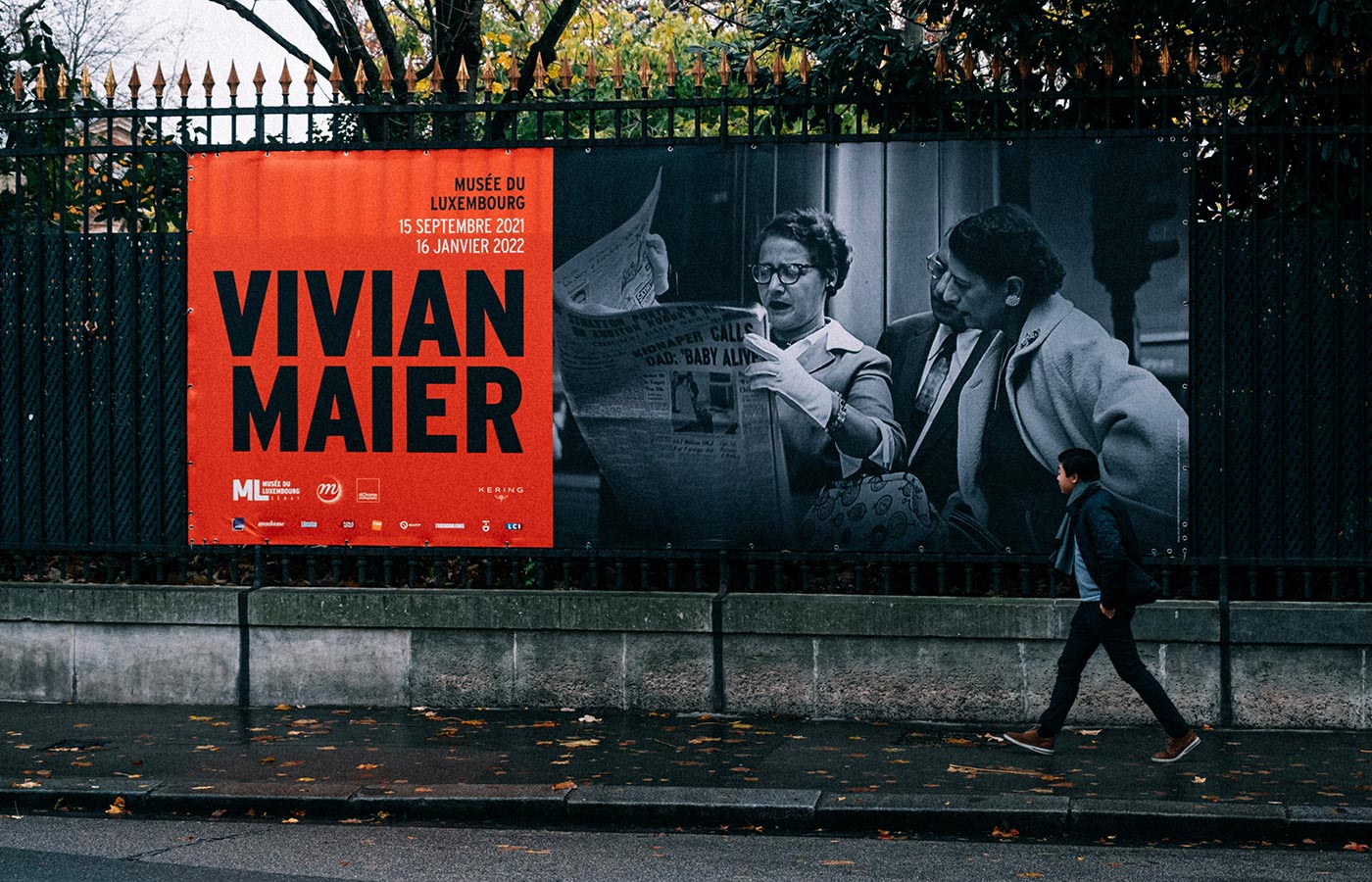
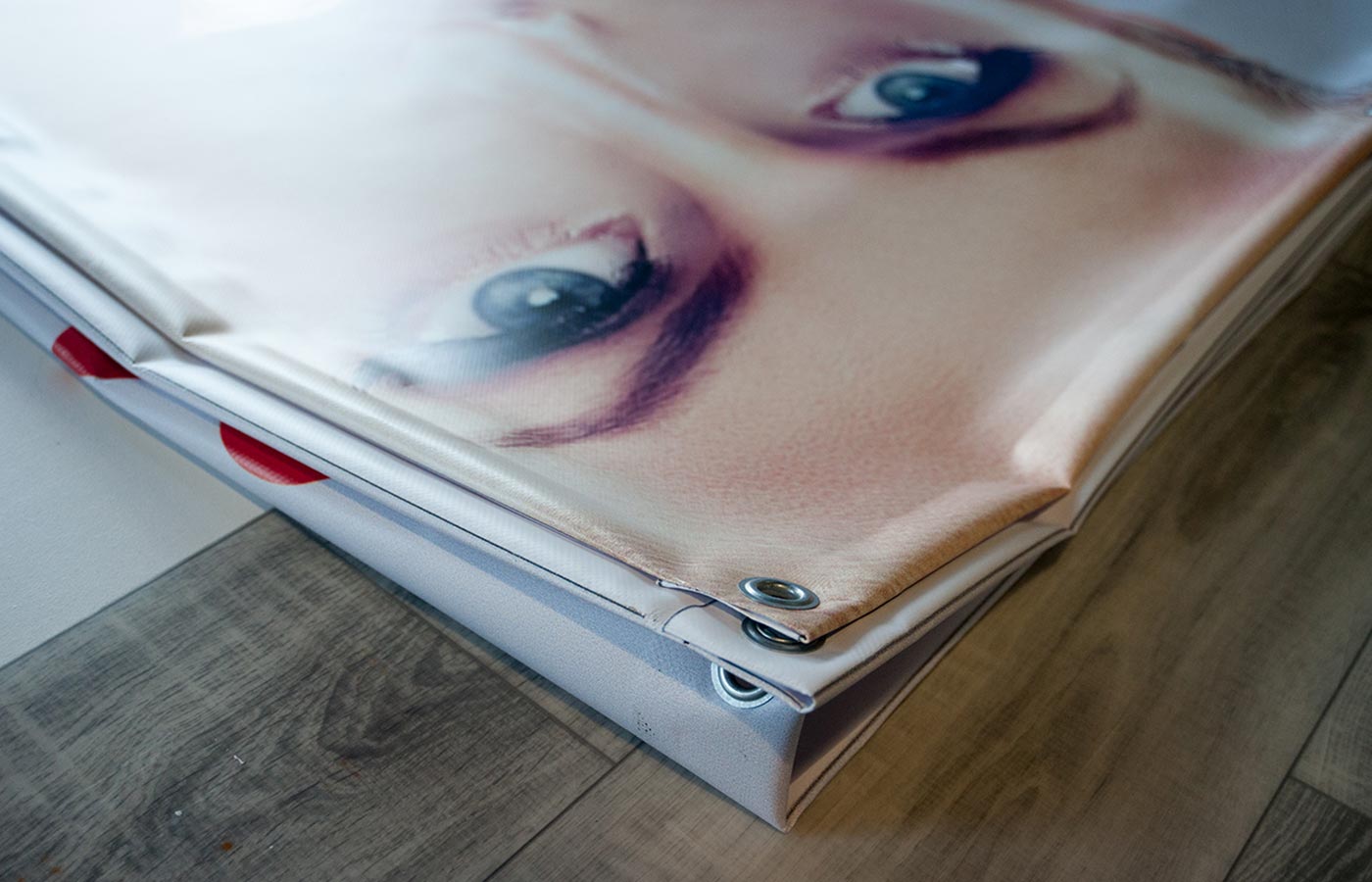





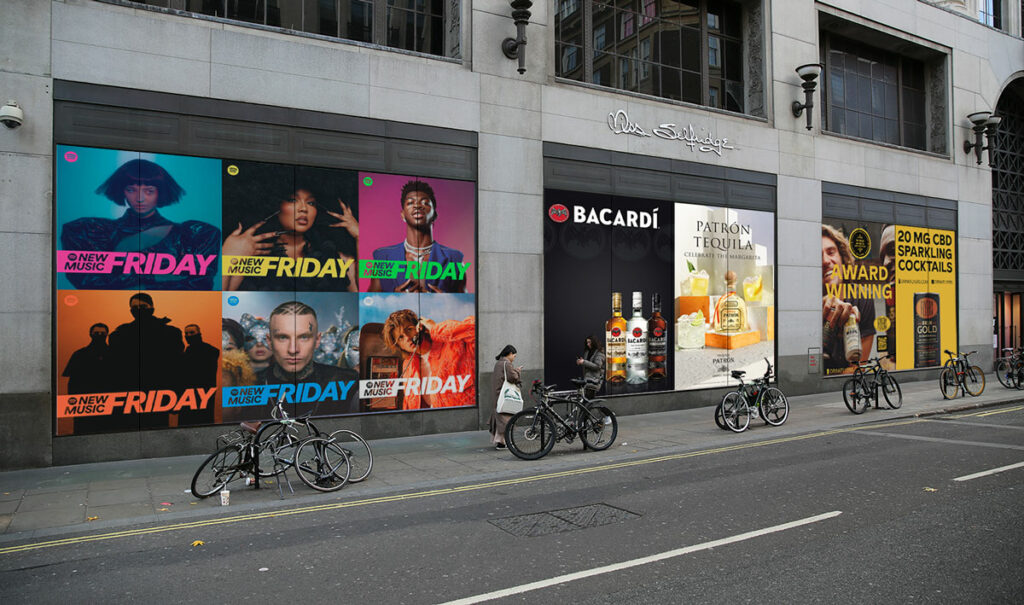



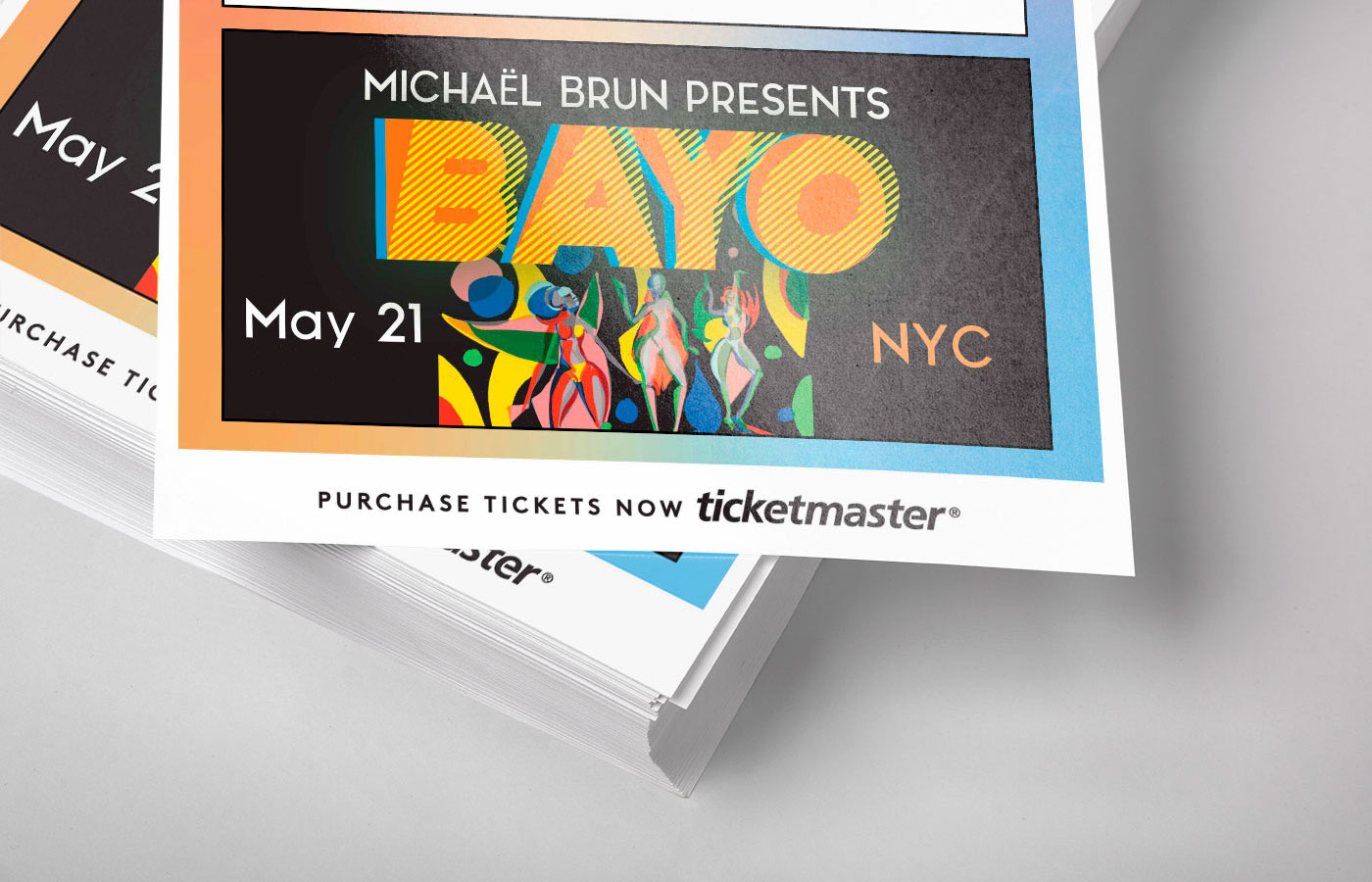

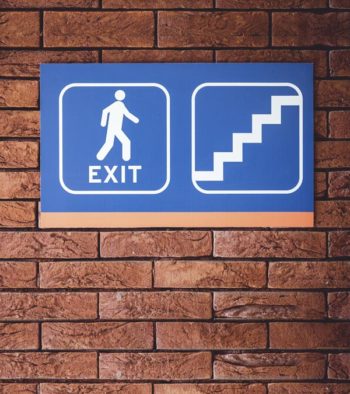



Shavar
6-8-22
United States
Verified Buyer
Great for fast window stickers. We use them in our store all the time and they don’t leave any residue when you peel them off!
Jennifer
1-5-20
United States
Verified Buyer
Fast and great quality! Thanks.